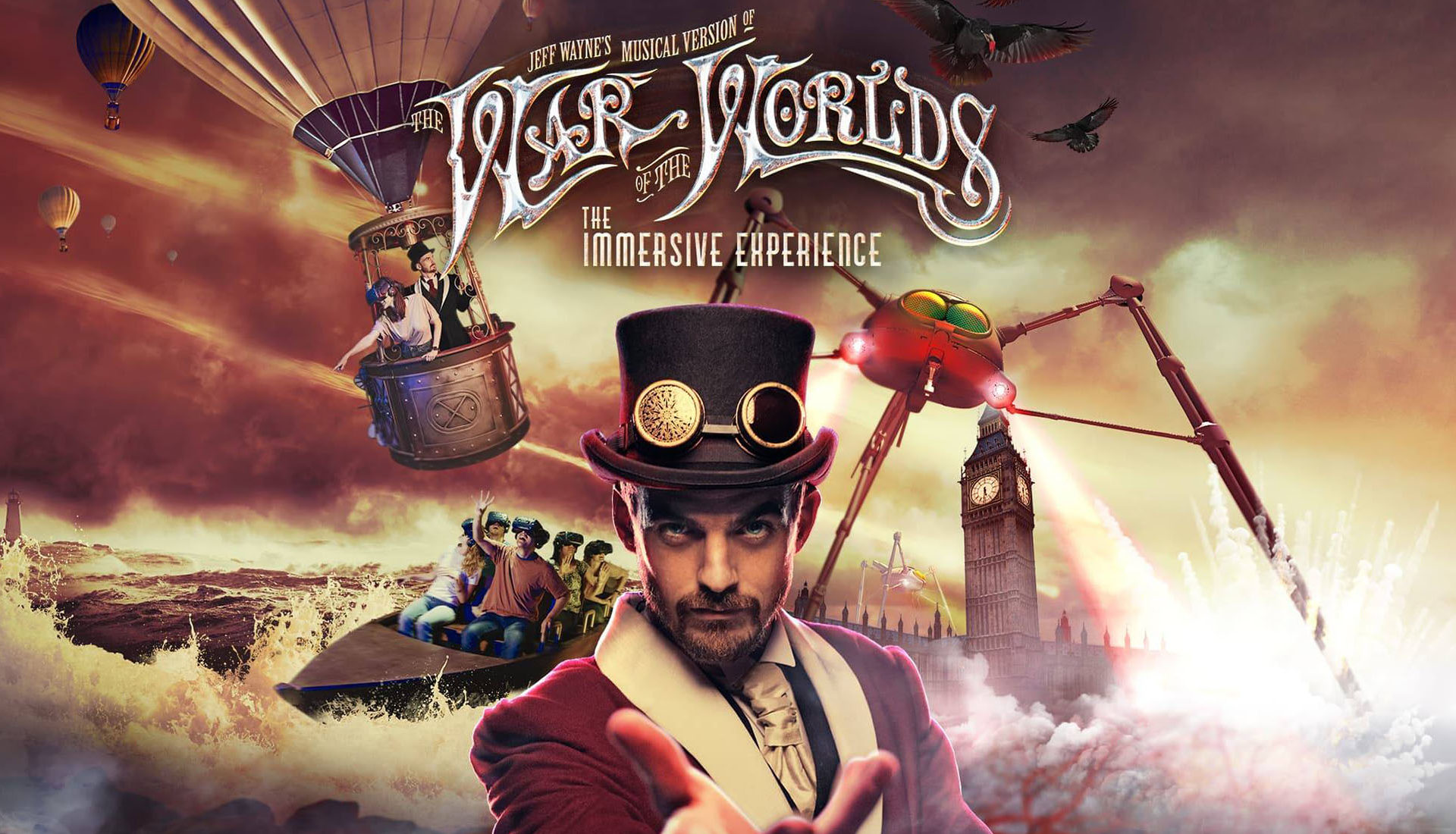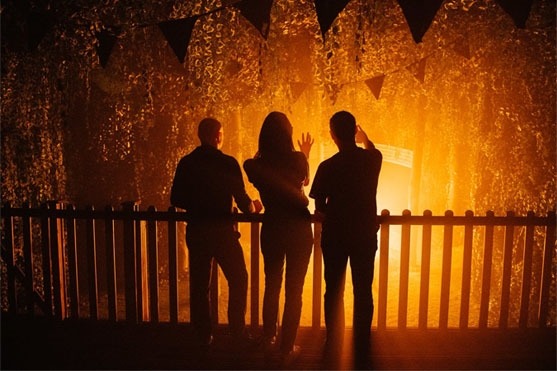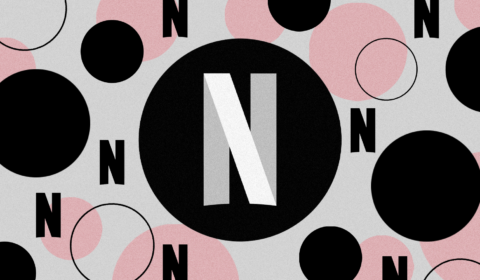With the War of the Worlds VR Experience, the Thred team can attest that the VR market isn’t completely bust: it’s just better placed in the hands of experts.
VR has gotten off to a patchy start. Having been around for over five years now, headsets are yet to find adoption among the masses. Whilst at its peak investors pumped USD $253 million into VR and AR start-ups in LA and Silicon Valley, back when the tech looked fitting to make a dent in the gaming market, investment in VR has slowed dramatically in recent years. What seemed like it could be the future of entertainment has largely fizzled out, and those who did invest in a headset have typically found a limited range of VR compatible titles to jump into, making their purchases little more than expensive paperweights.
As a non-gamer, I hadn’t really thought much about the declining VR market, but I’m sure for many it represented a lot of crushed hopes and dreams. Not least of which the several Cali companies that raised millions of dollars only to shut down or have to lay off dozens of employees.
Personally though, I’d lived my life blissfully sidestepping those vibsezy booths in shopping centres where young salespeople shove VR headsets onto unsuspecting consumers for a ‘lifechanging’ free trial. No thanks, not for me, I’m quite happy in three dimensions.


So, when we got an email at the Thred office suggesting that we pop down to Bank in London to trial a new VR immersive experience, I was quite prepared to decline. But, as it turns out, Jeff Wayne’s The War of the World: The Immersive Experience had a little more going for it than I’d initially expected. First off, there was no element of it that tied into the gaming world at all. Instead, it borrowed from two fields that were far more firmly in my wheelhouse: literature, and theatre.
War of the Worlds: The Immersive Experience bills itself as interactive theatre – a performance spread out over two hours or so, spanning an entire building, that relies heavily on VR. It was inspired by HG Wells’ War of the Worlds and borrows its soundtrack from Jeff Wayne’s musical version of the text that was broadcast in the 70s.
So, to recap, we’ve got sci fi, musical numbers, 19th century literature, performance art, the 70s, and VR. To say that they’re covering all bases is an understatement. But the hodgepodge of something-for-everyone concepts caught my attention, and so I elected to take up the team at WotW:TIE (as it shall hereby be known) on their kind offer along with six other members of the Thred team.


When we popped along to our allotted slot on a Thursday afternoon we were initially surprised at the a) the location (Bank is about as central London as you can get) and b) the complete dedication to the oeuvre the venue displayed. The lobby was complete with a waiting area and bar that we were reliably informed served themed food and drinks (‘the heat ray’ cocktail looked particularly appealing). HG Wells’ text is considered one of the first marriages of 19th century aesthetics and analogue technology that is now known as ‘steam punk’, and this concept is hammered home hard.
There was a large metal contraption with layered dials and wheels that I believe was a steam punk Christmas tree, the bartenders all wore waistcoats, flying goggles, and bowler hats, and there was literal steam spurting from the ceiling at irregular intervals.
The aggression with which the coloured steam randomly made itself known and the surreal moving artwork of alien tripods and burning farmhouses adorning the walls notified me that I might be in for more of a ‘horrific’ (in the literal sense) experience than I’d banked for.
I suppose it should have been implied since Wells’ story is ostensibly about an alien invasion wherein millions of people brutally die, but to be honest I’d always found the source material sterile and cumbersome, and not truly scary. It became immediately obvious, however, that the creators of this VR experience weren’t going to be hampered with the same verbosity as Wells, and weren’t going to let the campness of the 70s musical prevent them from scaring the pant off you.



















